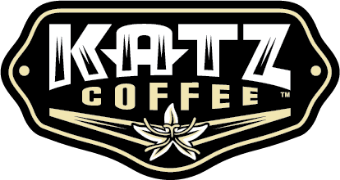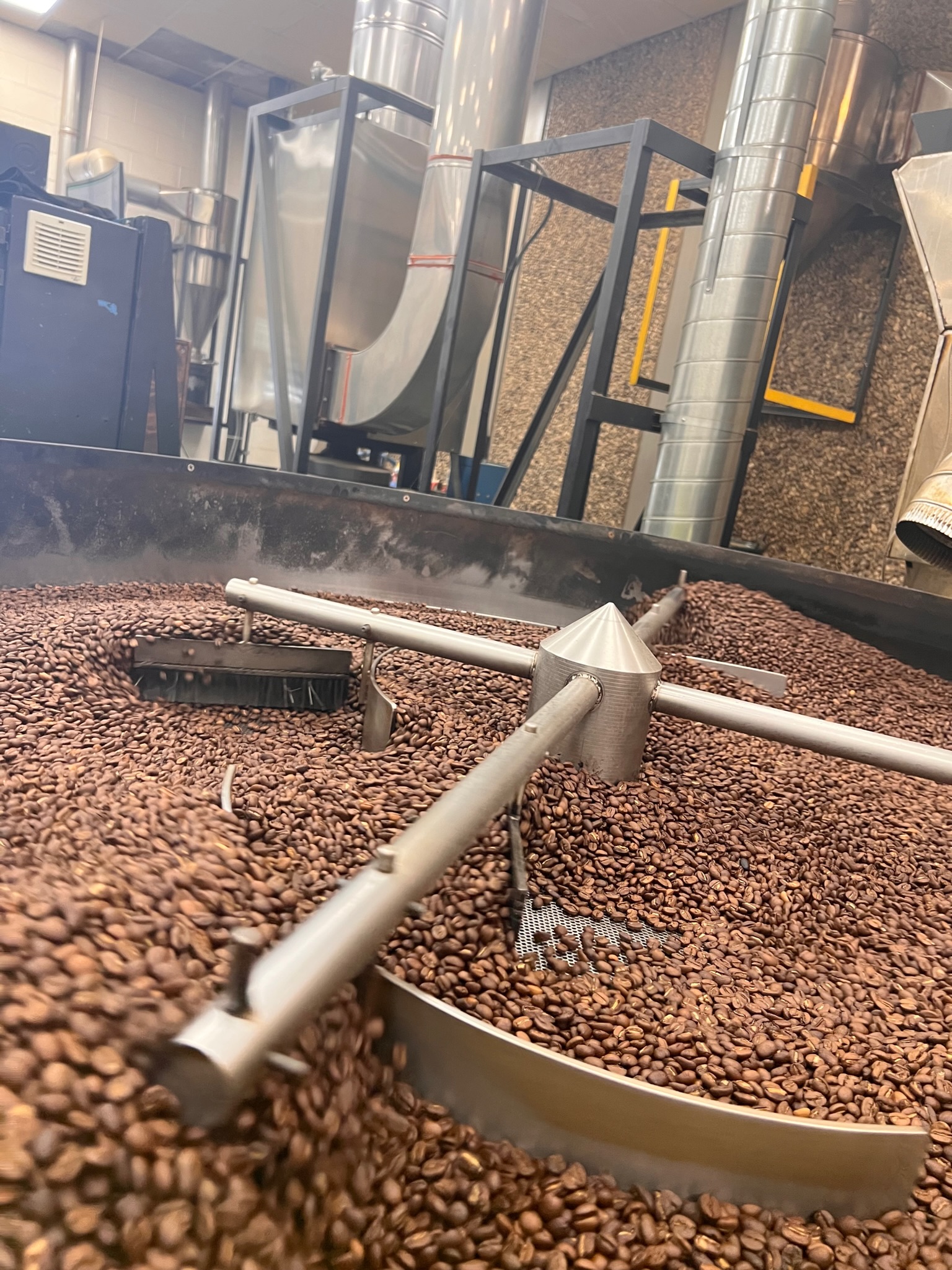Craft coffee is a speciality that has recently become popular around the world. With the rise of specialty coffee shops, and the growing availability of craft coffee beans, there has never been a better time to become a connoisseur of the perfect cup of craft coffee. But if you’re new to the world of craft coffee, it can be a bit overwhelming. In this guide, we’ll break down the perfect brewing method step-by-step, so you can get the most out of your craft coffee experience.
The Perfect Brewing Method
Brewing the perfect cup of craft coffee is an art form. But don’t be intimidated – there are a few simple steps you can follow to ensure a delicious cup every time.
Step 1: Choose the Right Beans
The most important part of brewing the perfect cup of craft coffee is to select the right beans. Here are some factors to consider when selecting beans:
- Roast level: The roast level of coffee beans affects the flavor profile. Light roasts tend to be bright and acidic, medium roasts are balanced and sweet, and dark roasts have a stronger, bitter and bold flavor.
- Origin: Coffee beans grown in different regions have distinct flavor profiles. For example, coffee beans from South America tend to have nutty and chocolatey notes, while beans from Africa have fruity and floral notes.
- Bean variety: Different coffee plant varieties have unique flavor profiles, with some being naturally sweeter, while others have more pronounced acidity.
- Processing method: Coffee beans can be processed using different methods, such as washed, natural or pulped natural. The processing method also affects the flavor profile of the beans.
- Freshness: Fresh coffee beans are essential for a good cup of coffee. Look for beans that are roasted within the past two weeks and stored in airtight containers.
- Sustainability: Consider buying coffee beans from companies that are committed to ethical and sustainable practices, such as direct trade and shade-grown coffee.
It’s always a good idea to try different beans from different regions, roast levels, and processing methods to discover what you like best.
Step 2: Grind the Beans
Now that you have your beans, it’s time to grind them. Use a burr grinder for the best results. Aim for a medium grind for pour over and coarse grind for a french press. Make sure to grind the beans just before brewing for the freshest flavor. Once you’ve ground the beans, it’s time to brew.
Step 3: Brew the Coffee
Now that you have your beans ground, you can start brewing. You can use any type of brewing device, but a French press or pour over method will give you excellent results. Make sure to use the right amount of water, and let the coffee steep for the appropriate amount of time. Once you’ve finished brewing, you’re ready to enjoy your perfect cup of craft coffee.
Brewing the perfect cup of craft coffee is an art form, but it’s not as complicated as it may seem. With the right beans, a good burr grinder, and a bit of patience, you can easily make a delicious cup of craft coffee. So get ready to enjoy a truly unique coffee experience with every cup. Happy brewing!


